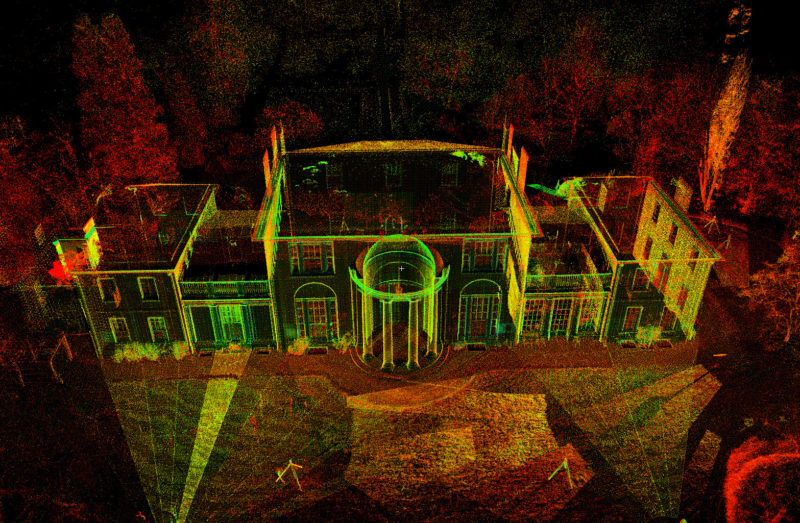Celebrating Staff Promotions
MACKENZIE HUBER / ASSOCIATE Mackenzie has been instrumental in establishing the firm’s presence in Denver and has been a crucial component of the Denver studio….
My passion stems not only in the act of preservation itself, but in my belief that historical architecture directly impacts our quality of life. I believe that we, both as a profession and as a nation, finally realize that our built environment and design legacy are vitally important.
In April, I had the pleasure of helping organize, plan and facilitate the Association for Preservation Technology’s (APT) Documentation Technology Workshop held at Joslyn Castle in Omaha. Nearly 30 preservation professionals from around the country participated in the workshop which included a combination of presentations, demonstrations and panel discussions. Several BVH’ers, including Roger Slosson, Kelley Rosburg, Adam Sitzmann and Julie Cawby, attended. They learned about the latest technologies for obtaining the critical information and data necessary for historic preservation project planning, analysis and diagnostics. Everyone also learned how to assemble effective data gathering strategies to fit various project needs.

The historic Joslyn Castle was the perfect setting for our workshop.
Workshop and hands-on sessions included: the history of measuring and documenting buildings; best practices for 3D laser scanning (including a case study on the Washington National Cathedral); non-destructive evaluation with a focus on surface penetrating radar and infrared thermography; portable x-ray fluorescence capabilities, limitation and applications for preservation projects; architectural digital documentation technologies for project design and project management; and commercial drone applications for preservation projects.

Portable X-Ray Fluorescent analyzers allow preservationists to discern what materials and chemicals, such as nickel or Magnesium are present, and how they change layer by layer.

Infrared technology can be used for energy conservation, easily spotting heat losses or gains throughout a building’s envelope.

Commercial drones are becoming more widely used for documentation and analysis.
Accurately gathering this data in the beginning of a project’s process is critical. Here’s why: it allows us to fully understand the building’s current conditions. It’s the platform for analysis and the basis for developing preservation plans, restoration designs and implementing treatment recommendations during construction. Technology including 3D laser scanning and radar and infrared thermography make this effort all the more accurate, and provides an in-depth analysis of the structure.

An example of the type of scans a 3D laser scanner can produce.